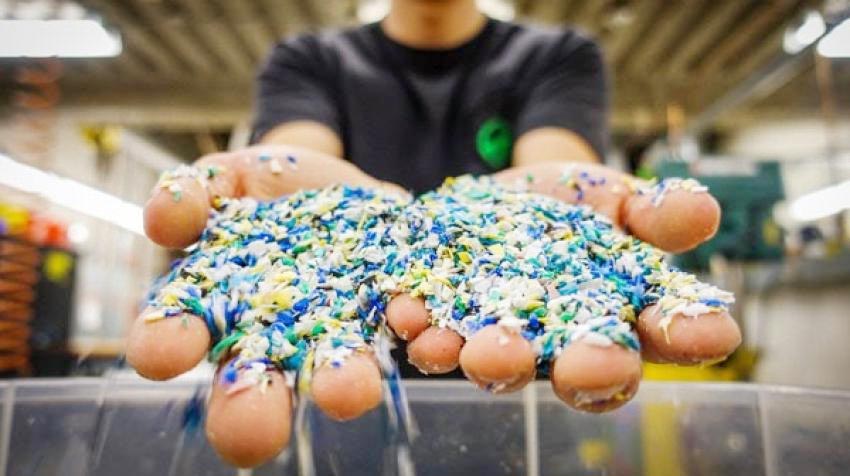By now, most executives understand the importance of sustainable practices in manufacturing. Transitioning custom injection molding projects to recycled or bio-plastics can have significant environmental benefits, but it also comes with challenges. At Montrose, we have transitioned several applications formerly run in virgin plastics to recycled and bio-plastics. If you’d like to speak to a technical representative for help in doing the same, please reach out today.
For now, let’s explore key considerations for a successful transition:
Part Considerations
- Material Properties: Recycled plastics may have different properties compared to virgin materials. Consider factors like strength, flexibility, and chemical resistance. Test prototypes thoroughly to ensure they meet performance requirements.
- Compatibility: Ensure that the recycled or bio-plastic material is compatible with your existing molds. Some materials may require adjustments or new mold designs.
- Quality Assurance: Monitor part quality closely during production. Recycled materials can introduce variations, affecting dimensions and surface finish.
Cost Considerations
- Upfront Costs: Recycled or bio-plastics may be more expensive initially due to processing and sourcing. Evaluate long-term savings from reduced environmental impact.
- Production Efficiency: Factor in potential challenges during injection molding. Recycled materials may have varying melting points, leading to cross-contamination or procedural complications.
- Lifecycle Costs: Consider the entire product lifecycle. Products that last longer reduce replacements, benefiting both cost and sustainability.
Mold Considerations
- Material Compatibility: Choose molds suitable for recycled or bio-plastics. Some materials require specific mold coatings or modifications.
- Maintenance: Recycled materials can be abrasive, affecting mold longevity. Regular maintenance and proper cleaning are essential.
- Design Flexibility: Opt for modular molds that allow easy adjustments. Standardize part designs across products to reduce the number of molds needed123.
Remember, a successful transition involves collaboration between design, engineering, and production teams. By carefully considering these factors, Montrose Molders can achieve both environmental responsibility and cost-effectiveness in injection molding projects.


